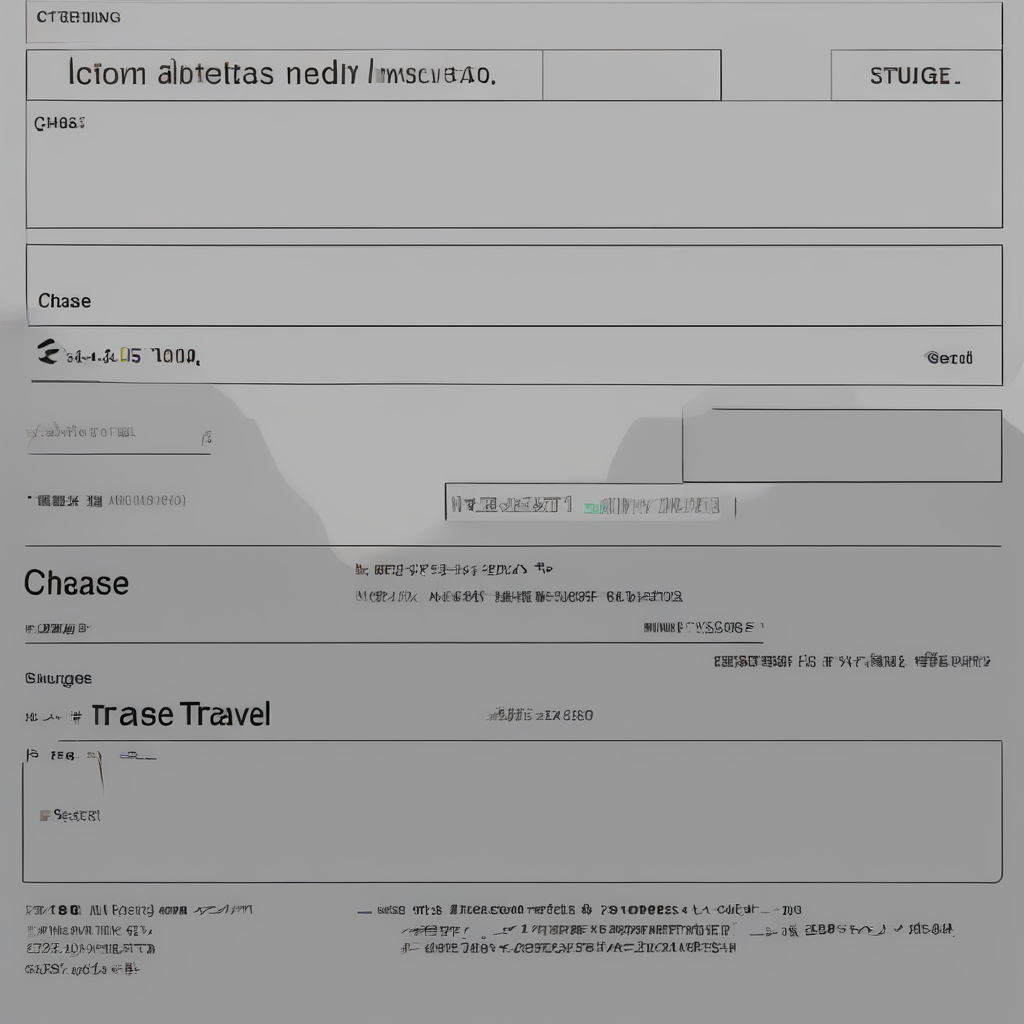ERP System Security: A Comprehensive Guide to Protecting Your Business Data

ERP System Security: A Comprehensive Guide to Protecting Your Business Data
In today's digital age, businesses rely heavily on Enterprise Resource Planning (ERP) systems to manage their operations, finances, and data. However, with this dependence comes a significant risk: the vulnerability of these systems to cyberattacks. Ensuring the security of your ERP system is crucial to protecting your business's sensitive data, financial stability, and reputation. This comprehensive guide explores the key aspects of ERP system security, providing insights into common threats, best practices for prevention, and strategies for mitigating risks.
Understanding ERP System Security
- What is an ERP System? Enterprise Resource Planning (ERP) systems are integrated software applications that manage a company's core business processes. They encompass various modules, including finance, human resources, supply chain management, and customer relationship management (CRM). ERP systems centralize data and processes, providing a holistic view of the organization's operations.
- Why is ERP System Security Important? ERP systems store a vast amount of sensitive business data, including financial records, customer information, employee details, and intellectual property. A breach in ERP security can lead to:
- Data theft and financial loss
- Operational disruptions and downtime
- Compliance violations and legal penalties
- Damage to reputation and brand trust
- Competitive disadvantage
Common Threats to ERP System Security
- Malware and Viruses: Malicious software can infiltrate ERP systems, stealing data, disrupting operations, or holding systems hostage for ransom.
- Phishing and Social Engineering: Attackers exploit human vulnerabilities by sending deceptive emails or messages to trick users into revealing sensitive information or granting access to the ERP system.
- Denial-of-Service (DoS) Attacks: These attacks overwhelm ERP systems with traffic, making them unavailable to legitimate users.
- Data Breaches: Hackers can exploit vulnerabilities in ERP systems to gain unauthorized access and steal data, such as customer credit card information, financial records, and intellectual property.
- Insider Threats: Malicious or negligent employees pose a significant security risk, as they have authorized access to sensitive data and systems.
- Unpatched Vulnerabilities: Software vendors regularly release security patches to address vulnerabilities in their products. Neglecting to apply these patches can leave ERP systems exposed to attacks.
Best Practices for ERP System Security
- Implement Strong Access Controls: Establish a robust authentication and authorization system to restrict access to ERP systems based on user roles and permissions. This includes:
- Using strong passwords and multi-factor authentication (MFA)
- Regularly reviewing and updating user permissions
- Enforcing the principle of least privilege
- Regularly Patch and Update: Keep ERP software, operating systems, and other related applications up-to-date with the latest security patches and updates to address vulnerabilities.
- Data Encryption: Encrypt sensitive data at rest and in transit to protect it from unauthorized access even if the ERP system is compromised.
- Secure Network Infrastructure: Implement robust network security measures, including firewalls, intrusion detection/prevention systems (IDS/IPS), and secure VPN connections to protect the ERP system from external threats.
- Employee Training and Awareness: Train employees on cybersecurity best practices, such as recognizing phishing attempts, using strong passwords, and reporting suspicious activity.
- Regular Security Assessments and Penetration Testing: Conduct regular security assessments and penetration testing to identify and address vulnerabilities in the ERP system.
- Data Backup and Recovery: Implement a comprehensive data backup and recovery plan to ensure that critical data can be restored in case of a security incident.
- Incident Response Plan: Develop a detailed incident response plan to guide the organization's actions in the event of a security breach. This plan should outline steps for containment, investigation, remediation, and communication.
Mitigating Security Risks
- Use Cloud-Based ERP Solutions: Cloud-based ERP systems often offer enhanced security features, including data encryption, regular updates, and robust infrastructure security measures.
- Implement Security Information and Event Management (SIEM): SIEM systems provide centralized logging and monitoring capabilities, enabling organizations to detect and respond to security threats in real-time.
- Employ Security Analytics: Utilize security analytics tools to analyze security data, identify patterns, and detect potential threats.
- Collaborate with Security Experts: Engage with cybersecurity professionals to conduct regular security assessments, penetration testing, and incident response planning.
Conclusion
Ensuring the security of your ERP system is an ongoing process that requires a multi-layered approach. By implementing best practices, staying informed about emerging threats, and proactively mitigating risks, businesses can protect their sensitive data, maintain operational continuity, and ensure the long-term success of their operations. Remember, a secure ERP system is a vital foundation for a secure and resilient business.
What's Your Reaction?

















